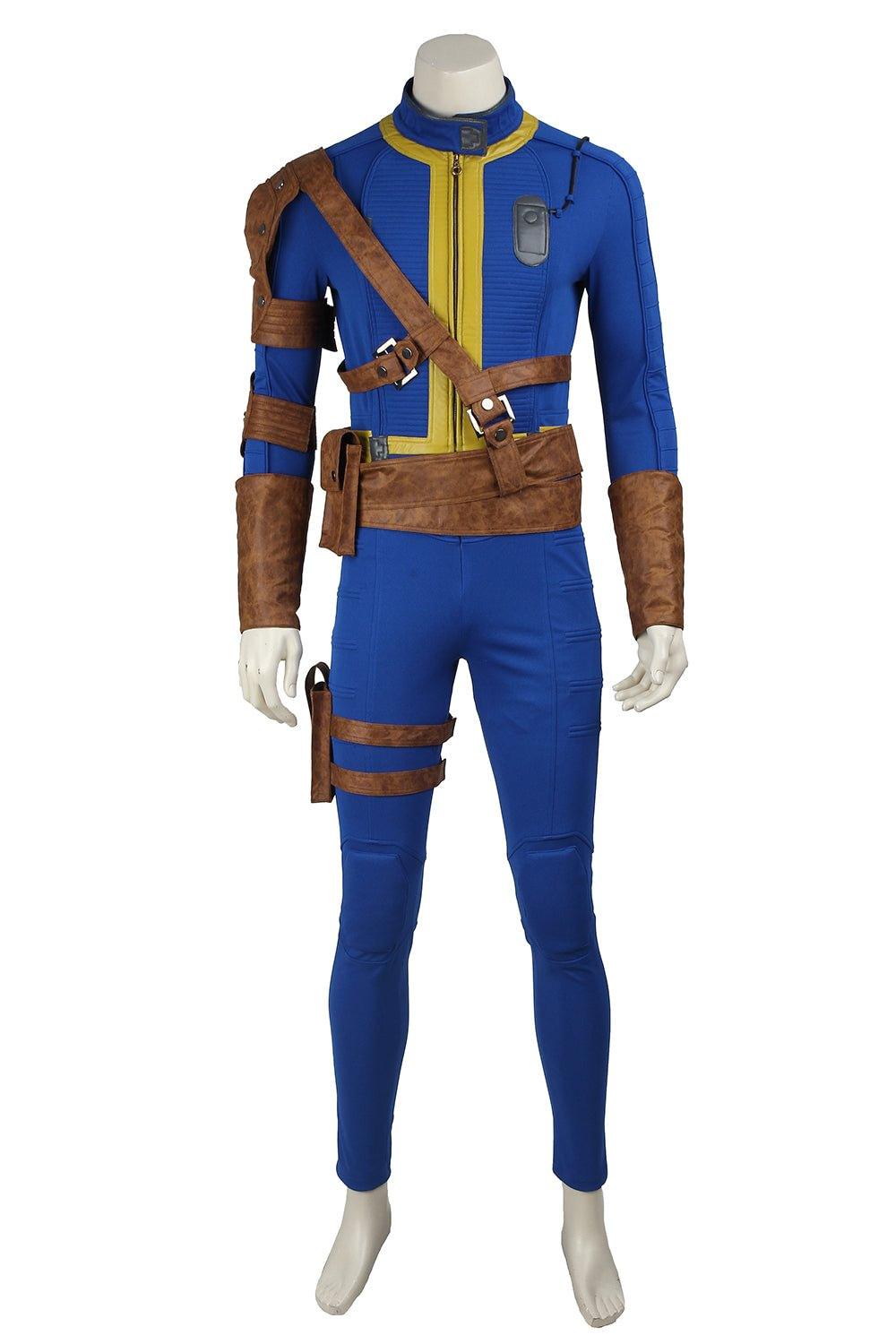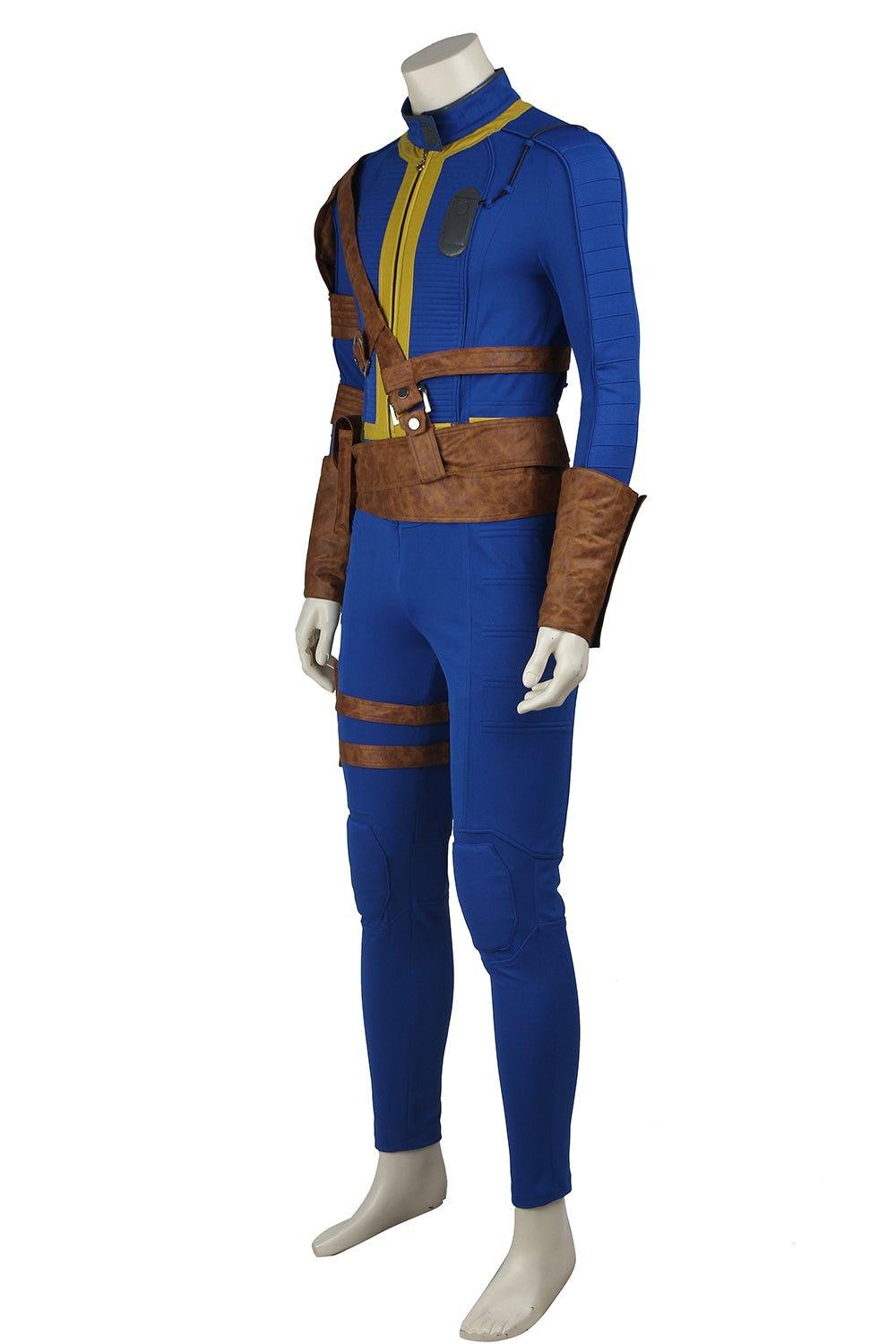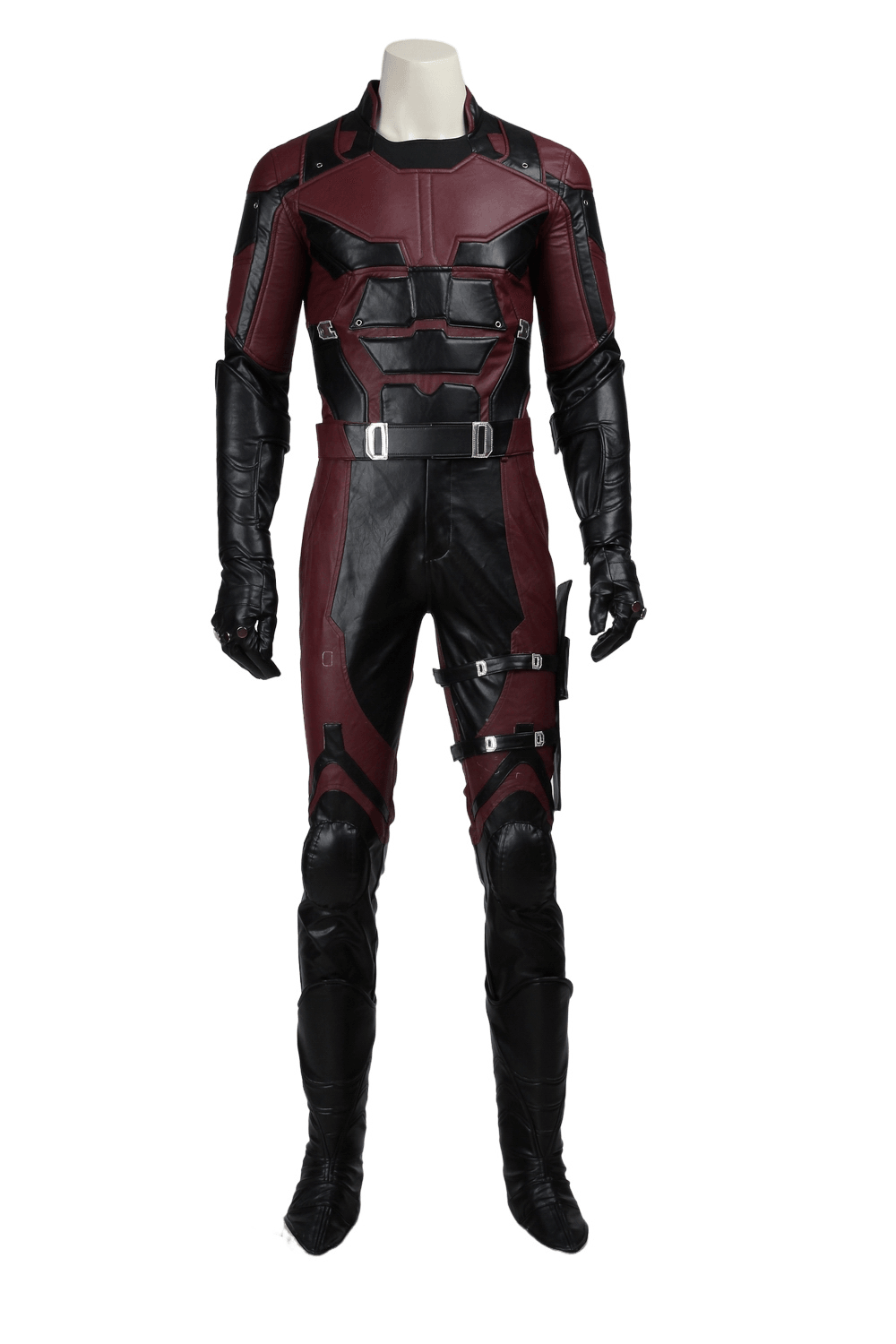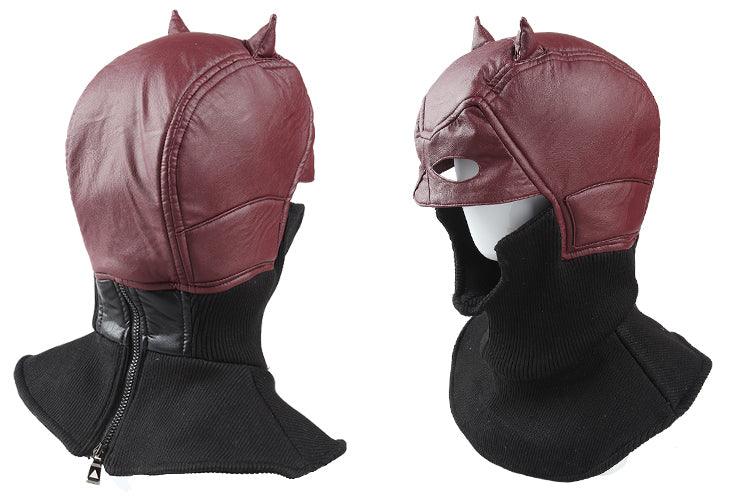Creating fake leather for cosplay can be an exciting and rewarding project, allowing you to achieve a realistic look without the expense or ethical concerns associated with real leather. This guide will walk you through the process of making faux leather using various materials and techniques, including those from CrazeCosplay.com and other sources.
Materials Needed
-
EVA Foam: This is a versatile material commonly used in cosplay for its flexibility and ease of manipulation.
-
Aluminum Foil: Used to create the leather texture.
-
Iron: An old iron is preferable since it might get damaged.
-
Heat Gun: Useful for shaping and detailing the foam.
-
Acrylic Paints: Colors such as Burnt Umber, Raw Sienna, and Black are essential for achieving a leather-like appearance.
-
Insulating Gloves: To protect your hands from heat.
-
Brushes and Sponges: For painting and detailing.
-
Contact Adhesive: For assembling pieces.
-
Pleather (Optional): For combining with foam to create a more realistic texture.
Step-by-Step Guide
1. Preparing the Foam
-
Cutting the Foam: Start by cutting your EVA foam into the desired shapes for your cosplay pieces. This could be armor, belts, or other accessories.
-
Crumpling the Foil: Take a sheet of aluminum foil and crumple it up. The amount of crumpling will determine the texture's coarseness.
-
Flattening the Foil: Uncrumple the foil and flatten it out. This will be used to transfer the texture to the foam.
2. Texturing the Foam
-
Heating the Iron: Turn on your iron to a low setting. It's crucial to start with a low temperature to avoid melting the foam.
-
Pressing the Foil: Place the crumpled foil over the foam and press it with the iron. Hold it for about 5-15 seconds, then check the texture. Adjust the time as needed.
-
Repeating the Process: Move the foil around and repeat the process until the entire foam piece is textured.
3. Painting the Foam
-
Base Coat: Apply a base coat of dark brown acrylic paint (e.g., Burnt Umber). Use a brush to ensure the paint gets into all the crevices.
-
Adding Depth: Once the base coat is dry, thin some black paint with water and apply it over the brown. Wipe off the excess with a cloth, leaving the black paint in the deeper textures.
-
Highlighting: Mix a lighter brown (e.g., Raw Sienna) and apply it sparingly to the raised areas using a sponge or cloth. This will create highlights and add realism.
4. Shaping and Detailing
-
Using a Heat Gun: Heat the foam with a heat gun to shape it as needed. This is particularly useful for creating curves or fitting the foam to your body.
-
Adding Details: Use the heat gun and additional tools to add fine details, such as seams or additional textures.
5. Assembling the Pieces
-
Gluing: Use contact adhesive to assemble the foam pieces into your final cosplay item. Ensure all edges are securely glued.
-
Final Touches: Add any additional details, such as rivets or straps, to complete the look.
Tips and Tricks
-
Practice on Scraps: Before working on your final piece, practice the texturing and painting techniques on scrap pieces of foam.
-
Ventilation: Work in a well-ventilated area when using the heat gun and iron to avoid inhaling fumes.
-
Layering Paint: Multiple thin layers of paint will create a more realistic look than a single thick layer.
-
Combining Materials: For added realism, consider combining foam with pleather. Glue the pleather over the foam and follow similar texturing and painting techniques.
Resources and Inspiration
CrazeCosplay.com
CrazeCosplay.com offers a variety of ready-made cosplay costumes and accessories, which can serve as inspiration for your projects. They also provide detailed guides and DIY tips for creating specific cosplay looks. For example, their guide on making a Red Hood cosplay includes steps for assembling clothing, creating helmets, and adding props.
YouTube Tutorials
Several YouTube tutorials provide visual guides for creating faux leather from foam:
-
DIY: How to Create Realistic Fake Leather for Cosplay: This tutorial offers a comprehensive look at creating realistic fake leather using simple materials.
-
Faux Leather from Craft Foam: This video demonstrates how to transform craft foam into leather-like material using basic tools.
-
Make Foam Look Like Leather Armour: This tutorial covers texturing, painting, and weathering foam to look like leather armor.
Instructables
The Instructables website has a detailed guide on making fake leather from tinfoil and foam. This guide includes step-by-step instructions and tips for achieving the best results.
Conclusion
Creating fake leather for cosplay is a cost-effective and creative way to enhance your costumes. By following these steps and utilizing resources from CrazeCosplay.com and other tutorials, you can achieve a realistic leather look that will impress at any cosplay event. Remember to experiment with different techniques and materials to find what works best for your specific project. Happy cosplaying!







